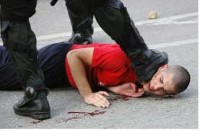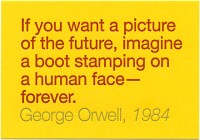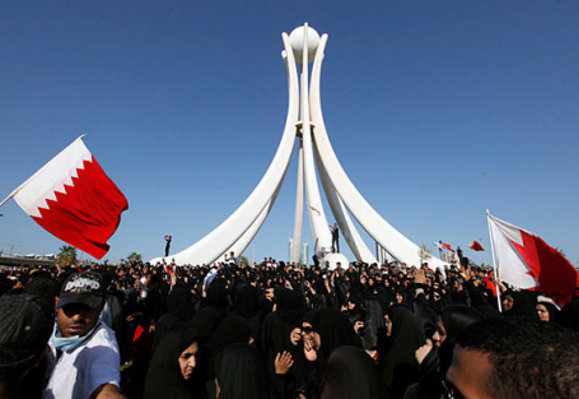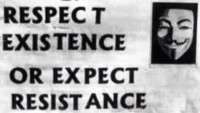Capitialist Crash in Europe leaves blood stained trail of Weapons and Corruption
Europe’s guns, debt and corruption
Frank Slijper – 27 April, 2013 – Open Democracy
This second of two essays on military spending and the EU crisis, explores the role of the European arms trade, corruption and the role of arms exporting countries in fuelling a debt crisis, and why these ‘odious’ debts need to be written off. See Part One here.
As social infrastructure is being slashed throughout most of Europe, spending on weapon systems has hardly been reduced. Perversely, military lobbyists warn of ‘disaster’ if any further cuts are made to military spending. But the real disaster has emerged from years of high military spending and corrupt arms deals. See Part One: Austerity in Europe: tighten the military belt
As we saw in the previous part, despite rhetoric from military bigwigs claiming that any further military cuts would endanger not only national security, but also the economy, military spending in Europe today is still at a higher level than ten years ago.
It rose over most of the past decade, sometimes very strongly – double digits in the case of Greece, Finland and Cyprus – only to fall over the past two or three years, and only in countries hardest hit by the crisis, like Greece and Italy.
Against the background of heavy slashing of social infrastructure, that was the least that could be expected. But most of those cuts come years too late, especially because major arms programmes have financial repercussions for many years to come: both repayment of debts and operational costs burden future governments’ budgets for many years.
So, wherever military expenditure has been cut, it was mostly on personnel costs – pensions, wages, jobs – rather than budgets for new weapons bought. Perversely, despite the emerging economic crisis the average budget for equipment in Europe went up 10% between 2006 and 2010. And that’s of course where the arms industry comes in. …more






























Add facebook comments
Kick things off by filling out the form below.
Leave a Comment